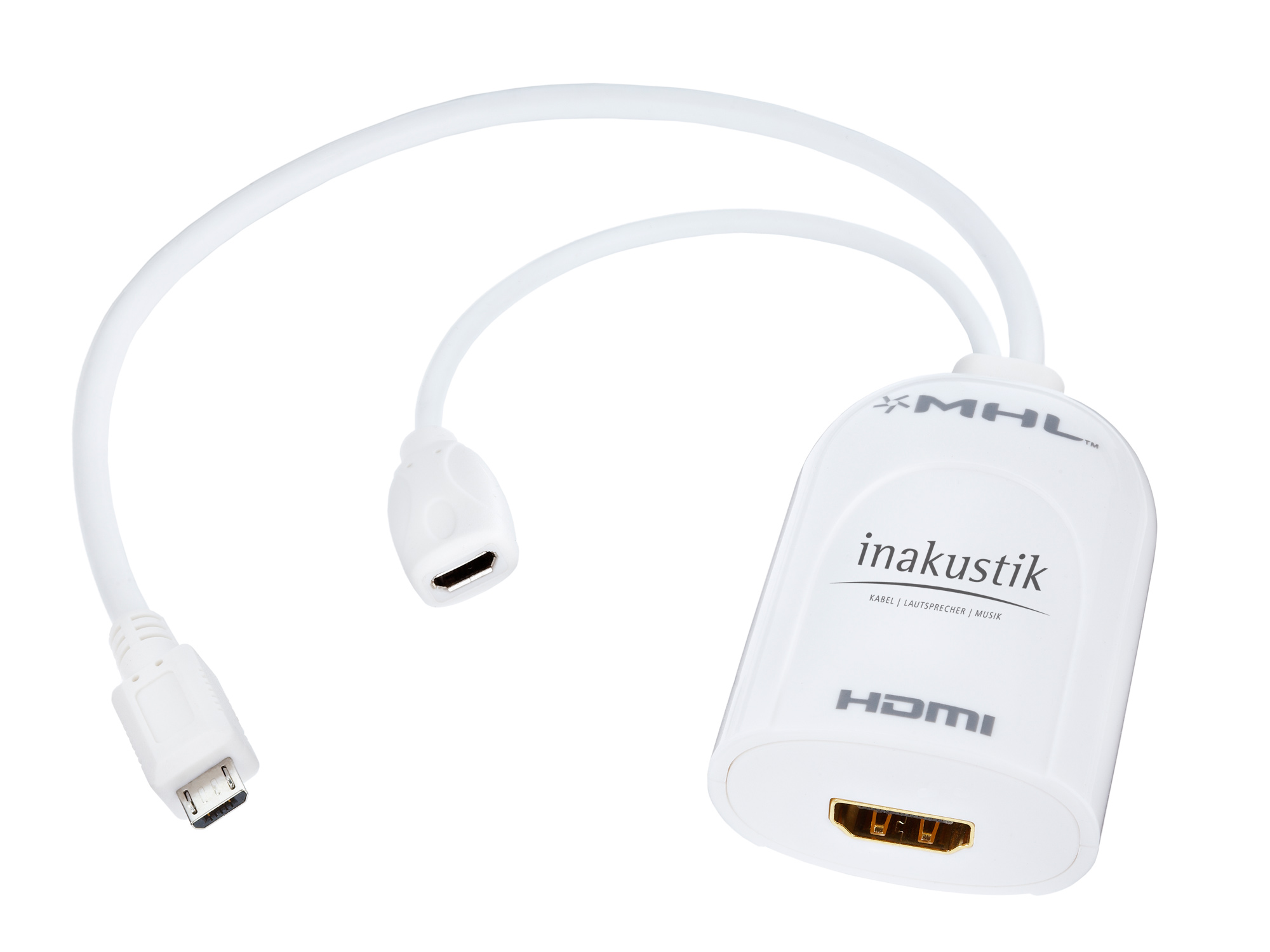

Articles
What Is An Mhl Adapter
Modified: October 20, 2024
Discover what an MHL adapter is and how it can enhance your multimedia experience. Explore our informative articles on MHL adapters and their functionalities.
(Many of the links in this article redirect to a specific reviewed product. Your purchase of these products through affiliate links helps to generate commission for Storables.com, at no extra cost. Learn more)
Introduction
Technology continues to evolve at a rapid pace, constantly providing us with new and innovative ways to stay connected and enjoy our devices. One such advancement is the MHL adapter, which has gained popularity in recent years. But what exactly is an MHL adapter?
MHL, or Mobile High-Definition Link, is a technology that allows users to connect their mobile devices, such as smartphones and tablets, to larger display screens like televisions or monitors. The MHL adapter serves as the bridge between the mobile device and the display, allowing for the transmission of high-definition audio and video.
The purpose of the MHL adapter is to provide a seamless and convenient way to enjoy multimedia content from our mobile devices on a larger screen. Whether you want to stream a movie, share a photo slideshow, or give a presentation, the MHL adapter delivers a hassle-free solution.
One of the key advantages of an MHL adapter is its compatibility with a wide range of devices. Most smartphones and tablets from major manufacturers support MHL technology, making it accessible to a large user base. Additionally, MHL adapters are designed to work with various display devices, including televisions, monitors, and projectors.
Key Takeaways:
- MHL adapters provide a seamless and convenient way to connect mobile devices to larger display screens, enhancing the multimedia experience with high-definition audio and video transmission, simultaneous charging, and expanded device functionality.
- While MHL adapters offer benefits such as enhanced viewing experiences and convenient content sharing, it’s crucial to consider device and display compatibility, connectivity options, and limitations such as cable length constraints and display resolution limitations.
Read more: What Is An Adapter
Definition of MHL Adapter
An MHL adapter is a small device or cable that allows you to connect your mobile device to a larger display screen using the Mobile High-Definition Link (MHL) technology. It serves as a bridge between your smartphone or tablet and the display device, enabling the transmission of high-quality audio and video signals.
MHL technology was developed by a consortium of companies, including Nokia, Samsung, Sony, and Toshiba, with the aim of providing a standardized method for connecting mobile devices to HDTVs and other display devices. The MHL adapter is an essential component in this process, as it converts the digital signal from your mobile device into a format that can be understood by the display.
In terms of physical design, an MHL adapter can take different forms. It can be a cable with a microUSB or USB-C connector on one end and an HDMI connector on the other, or it can be a small dongle that plugs directly into the microUSB or USB-C port of your device. Some adapters even have additional ports, such as USB or audio, to provide further connectivity options.
The MHL adapter not only enables the transmission of audio and video, but it also powers your mobile device during the connection. This means that while you enjoy multimedia content on the big screen, your smartphone or tablet will continue to charge, ensuring uninterrupted usage.
It’s important to note that not all mobile devices and display devices are MHL-compatible out of the box. While many flagship smartphones and tablets from major brands support MHL technology, it’s still worth checking the specifications of your devices to ensure compatibility. Additionally, some older HDTVs may require a firmware update to support MHL connectivity. However, as MHL technology becomes more widespread, compatibility issues are becoming less common.
Overall, an MHL adapter is a versatile and convenient device that allows you to enjoy your mobile device’s content on a larger screen. Whether you want to watch movies, play games, or showcase presentations, the MHL adapter is a useful tool that expands the capabilities of your mobile device.
Purpose of MHL Adapter
The primary purpose of an MHL adapter is to enhance the multimedia experience by allowing users to connect their mobile devices to larger display screens. Whether you want to enjoy high-definition videos, view photos, play games, or deliver presentations, an MHL adapter serves as a bridge that enables seamless and convenient connectivity.
One of the main advantages of using an MHL adapter is the ability to enjoy content on a bigger screen. While smartphones and tablets offer impressive display quality, the screen size may not always be ideal for sharing content with others or immersing yourself in a movie or game. By connecting your device to a larger display, such as a television or monitor, you can enjoy a more immersive and visually stunning experience.
The MHL adapter also allows you to share content with a wider audience. Whether you’re hosting a family movie night or giving a presentation at work, connecting your device to a larger screen ensures that everyone can see and appreciate the content. This is particularly beneficial in professional settings, where presentations and multimedia content need to be displayed clearly to make an impact.
In addition to the visual aspect, an MHL adapter also enhances the audio experience. Many adapters support the transmission of high-definition audio, ensuring that you can enjoy your favorite music, movies, and games with crisp and rich sound quality. This is particularly advantageous when connected to a home theater system or high-quality speakers, elevating the overall audio experience.
Another significant purpose of an MHL adapter is its ability to simultaneously charge your mobile device while connected to the larger display. This is essential, especially during extended multimedia sessions or presentations, as it ensures that your device remains powered and doesn’t run out of battery. This convenience eliminates the need to worry about battery drainage while enjoying your content.
Furthermore, an MHL adapter enables users to harness the full capabilities of their mobile devices. Whether you have a high-resolution camera on your smartphone or access to a plethora of apps and games, connecting to a larger screen via the MHL adapter allows you to utilize these features to their fullest potential. It unlocks the ability to showcase your photos and videos in high definition, play games with more immersive visuals, and utilize apps and software designed for larger screens.
Overall, the purpose of an MHL adapter is to enhance the multimedia experience, improve visual and audio quality, allow for convenient content sharing, and fully utilize the capabilities of your mobile device. With an MHL adapter, you can enjoy a more immersive, engaging, and visually stunning experience, whether it’s for entertainment or professional purposes.
Compatibility of MHL Adapter
One of the key considerations when purchasing an MHL adapter is its compatibility with your mobile device and the display you want to connect it to. While MHL technology has become increasingly prevalent, not all devices and displays support it out of the box.
When it comes to mobile device compatibility, most major smartphone and tablet manufacturers include MHL support in their flagship devices. This includes brands like Samsung, LG, Sony, HTC, and more. However, it is important to check the specifications of your specific device to ensure MHL compatibility. Some older or budget-friendly models may not offer MHL support, so it’s crucial to verify before making a purchase.
Another factor to consider is the type of connector your mobile device uses. MHL adapters typically come with either a microUSB or USB-C connector. While microUSB was the standard for older devices, newer models are transitioning to USB-C, which offers faster data transfer rates and better overall efficiency. Ensure that the MHL adapter you choose matches the connector on your device for a seamless connection.
When it comes to display compatibility, most modern HDTVs, monitors, and projectors support MHL connectivity, especially those from reputable manufacturers. However, it is still important to check the specifications of your display device to confirm MHL compatibility. Some older models or budget displays may not offer support, so it’s crucial to verify beforehand.
Addtionally, some older TVs and displays may require a firmware update to support MHL connectivity. This update ensures that the device recognizes and functions properly with the MHL adapter. Manufacturers often provide firmware updates on their websites, so be sure to check for any available updates specific to your display model.
It’s worth mentioning that MHL adapters are not limited to televisions and monitors. They can also be used with projectors that support HDMI input. This allows you to easily share presentations, videos, and other content on a larger projection screen, making it a convenient tool for business meetings, classrooms, and other professional settings.
In summary, when considering the compatibility of an MHL adapter, it is important to verify the compatibility of your mobile device and display. Ensure that your device supports MHL technology and that the connector type of the adapter matches your device’s port. Additionally, check if your display device supports MHL connectivity and if any firmware updates are required. By ensuring compatibility, you can enjoy a smooth and hassle-free connection between your mobile device and the larger display.
How Does an MHL Adapter Work?
An MHL adapter works by using the Mobile High-Definition Link (MHL) technology to establish a connection between a mobile device and a larger display screen, such as a television or monitor. It allows for the transmission of high-definition audio and video signals, providing a seamless and enhanced multimedia experience.
The process begins by connecting one end of the MHL adapter to the mobile device. The other end of the adapter is then connected to the HDMI input port of the display device. Depending on the specific adapter, it may connect to the mobile device through a microUSB or USB-C port.
Once connected, the MHL adapter acts as a bridge and converts the digital signal from the mobile device into a format that can be understood by the display. It takes the audio and video signals from the mobile device, processes them, and sends them to the display device through the HDMI connection.
It’s important to note that the MHL adapter not only transfers the audio and video signals but also powers the mobile device during the connection. This means that the mobile device remains charged while content is being displayed on the larger screen. It ensures that you can enjoy your multimedia content without worrying about battery drainage.
The MHL technology used in the adapter supports high-definition video resolution, including Full HD (1080p) and even 4K Ultra HD. This means that you can enjoy your favorite movies, videos, and games with stunning visual clarity on the bigger display. In addition to video, MHL technology also supports the transmission of high-quality audio, allowing for a complete and immersive multimedia experience.
MHL adapters are designed to be plug-and-play, making them incredibly easy to use. Once connected, the mobile device automatically detects the MHL adapter and adjusts the display settings accordingly. There is usually no need for additional configuration or setup. The mobile device’s screen is mirrored on the larger display, allowing you to navigate and control it using the mobile device’s touchscreen or other input methods.
Overall, an MHL adapter simplifies and enhances the process of connecting a mobile device to a larger display. By using MHL technology, it ensures the seamless transmission of high-definition audio and video signals, provides power to the mobile device, and offers a hassle-free experience for enjoying multimedia content on a bigger screen.
When choosing an MHL adapter, make sure it is compatible with your specific device and supports the resolution and features you require. Check for customer reviews to ensure its reliability and performance.
Read more: What Is A Lug Adapter
Types of MHL Adapters
When it comes to MHL adapters, there are a few different types available on the market. These adapters vary in terms of form factor and connectivity options, providing flexibility and compatibility with various devices and display screens. Let’s explore the different types of MHL adapters:
- Cable-Based MHL Adapters: The most common type of MHL adapter is a cable-based adapter. These adapters consist of a cable with a microUSB or USB-C connector on one end and an HDMI connector on the other. The microUSB/USB-C end is plugged into the mobile device, while the HDMI end is connected to the display device. This type of adapter is straightforward to use and offers a convenient solution for connecting devices with different connector types.
- Dongle-Style MHL Adapters: Dongle-style MHL adapters are small, compact devices that directly plug into the microUSB or USB-C port of the mobile device. They have an HDMI connector on the other end, allowing for direct connection to the display device without the need for an additional cable. These adapters are portable and offer a more streamlined and space-saving solution compared to cable-based adapters.
- Multiport MHL Adapters: Multiport MHL adapters provide additional connectivity options beyond HDMI. They feature multiple ports, such as USB ports, audio outputs, and sometimes even SD card slots. These adapters allow you to connect other peripherals or accessories to your mobile device while it’s connected to the larger display. For example, you can connect a USB flash drive to access and play media files or connect external speakers for enhanced audio output.
- Wireless MHL Adapters: Wireless MHL adapters, also known as Wi-Fi Display adapters, eliminate the need for a physical cable connection between the mobile device and the display. Instead, they use Wi-Fi technology to wirelessly transmit audio and video signals from the mobile device to the display device. These adapters typically connect to the HDMI port on the display and require a Wi-Fi connection on both the mobile device and the display. Wireless MHL adapters provide more flexibility in terms of device placement and can be a convenient option for streaming content to a larger screen.
It’s essential to consider the compatibility of the MHL adapter with your specific device and display when deciding which type of adapter to purchase. Ensure that the adapter you choose matches the connector type of your mobile device, whether it’s microUSB or USB-C. Additionally, consider your connectivity needs and whether you require additional ports or wireless capabilities.
Ultimately, the type of MHL adapter you choose will depend on your specific requirements and preferences. Whether you prefer the simplicity of a cable-based adapter, the compactness of a dongle-style adapter, the versatility of a multiport adapter, or the wireless convenience of a wireless adapter, there’s a suitable option available to enhance your multimedia experience.
Benefits of Using an MHL Adapter
Using an MHL adapter to connect your mobile device to a larger display screen offers various benefits that enhance your multimedia experience. Let’s explore the advantages of using an MHL adapter:
- Enhanced Viewing Experience: One of the primary benefits of using an MHL adapter is the ability to enjoy your content on a larger screen. Whether you’re watching movies, viewing photos, or playing games, the larger display provides a more immersive and visually impressive experience. Details become clearer, and colors appear more vibrant, elevating your viewing pleasure.
- Convenient Content Sharing: An MHL adapter enables you to easily share your multimedia content with others. Whether you’re hosting a movie night or giving a presentation, connecting your device to a larger screen allows everyone to see and enjoy the content simultaneously. This is particularly advantageous in professional settings, where presentations and multimedia content need to be displayed clearly to make an impact.
- Superior Audio Quality: Many MHL adapters support the transmission of high-definition audio signals, guaranteeing an enhanced audio experience. By connecting your mobile device to a larger display with audio output capabilities, you can enjoy movies, music, and games with richer, more immersive sound. This is particularly beneficial when connected to a home theater system or external speakers.
- Simultaneous Charging: An MHL adapter not only connects your device to a larger display but also charges it simultaneously. This eliminates the concern of your device’s battery running out during extended viewing sessions or presentations. You can enjoy your content without interruption, knowing that your device is receiving power and will remain charged.
- Expanded Device Functionality: Using an MHL adapter expands the functionality of your mobile device. You can harness the full capabilities of your device’s camera to showcase high-resolution photos and videos on a larger screen. Likewise, you can utilize apps and software designed for larger screens, enhancing productivity, gaming, and entertainment possibilities.
- Hassle-Free Setup: MHL adapters are designed to be plug-and-play, making them incredibly easy to use. Simply connect the adapter to your mobile device, connect the other end to the display device, and you’re ready to go. Most devices automatically detect the adapter and adjust the display settings accordingly, requiring minimal configuration or setup.
Overall, using an MHL adapter offers numerous benefits, including an enhanced viewing experience, convenient content sharing, superior audio quality, simultaneous charging, expanded device functionality, and hassle-free setup. These advantages make MHL adapters an excellent choice for those looking to elevate their multimedia experience and make the most out of their mobile devices.
Limitations of MHL Adapters
While MHL adapters provide several benefits and enhance the connectivity between mobile devices and larger displays, it’s important to be aware of their limitations. Let’s explore some of the key limitations of MHL adapters:
- Device Compatibility: Although MHL technology has become more widespread, not all mobile devices are compatible with MHL adapters. While flagship smartphones and tablets from major manufacturers often support MHL, older or budget devices may not. It’s crucial to check the specifications of your device to ensure compatibility before purchasing an MHL adapter.
- Display Compatibility: Similarly to device compatibility, not all displays support MHL connectivity out of the box. While most modern HDTVs, monitors, and projectors are MHL-compatible, some older or budget models may lack this feature. It’s important to verify the compatibility of your display device before attempting to connect it to an MHL adapter.
- Limited Connectivity Options: MHL adapters generally focus on video and audio transmission, which means they may not offer additional connectivity options. While some adapters have extra ports for USB or audio connections, the range of connectivity features may be limited compared to other types of adapters. If you require multiple connectivity options, you may need to explore alternative solutions or adapters.
- Cable Length Constraints: When using a cable-based MHL adapter, the length of the cable can be a limitation. MHL cables typically come in standard lengths, and longer cables may result in signal degradation or loss. This may restrict the placement of your mobile device and the display device, limiting flexibility in terms of positioning.
- Display Resolution Limitations: While MHL technology supports high-definition video resolutions, the actual display resolution may be limited by the capabilities of the connected display. Older displays or those with lower resolutions may not provide the same level of clarity and visual quality as newer or higher-resolution displays. It’s important to consider the capabilities of your display when expecting high-quality video output.
- Limited Wireless Options: Although some wireless MHL adapters exist, they may not offer the same level of compatibility or seamless connections as cable-based adapters. Wireless MHL adapters typically require a Wi-Fi connection and may have limitations in terms of range and stability. They may also require additional setup and configuration compared to plug-and-play cable-based adapters.
Despite these limitations, MHL adapters remain a valuable tool for connecting mobile devices to larger displays. It’s important to understand these limitations and consider them when deciding to use an MHL adapter. By properly evaluating compatibility, connectivity options, and display capabilities, you can make an informed decision to ensure a seamless and satisfying multimedia experience with an MHL adapter.
Common Uses of MHL Adapters
MHL adapters offer a wide range of uses and can enhance the multimedia experience for various purposes. Let’s explore some of the common uses of MHL adapters:
- Home Entertainment: One of the most popular uses of MHL adapters is for home entertainment purposes. You can connect your mobile device to a larger display, such as a television, to enjoy movies, TV shows, and streaming content on a bigger screen. The immersive experience provided by the larger display enhances the enjoyment of your favorite content, transforming your living room into a personal theater.
- Gaming: MHL adapters are ideal for gaming enthusiasts who want to take their gaming experience to the next level. By connecting your mobile device to a larger display, you can enjoy mobile games on a bigger screen, providing a more immersive and engaging gaming experience. Whether you prefer action-packed games or strategic puzzles, playing games on a larger screen with enhanced visuals can maximize your enjoyment.
- Presentations and Business: MHL adapters are valuable tools for professionals who need to make presentations or showcase content during business meetings. By connecting your mobile device to a larger display, you can easily share slideshows, documents, and videos, ensuring that everyone in the room can see and engage with the content. This is especially useful for sales presentations, training sessions, and collaborative work environments.
- Photo and Video Sharing: MHL adapters are excellent for sharing photos and videos with family and friends. Instead of passing around a small mobile screen, you can connect your device to a larger display, allowing everyone to see the pictures and videos clearly. This is particularly useful for special occasions, gatherings, and parties, where memories can be shared and enjoyed on a bigger scale.
- Educational and Training: MHL adapters have applications in the educational realm as well. Teachers can utilize the adapters to display educational videos, slideshows, and interactive content on larger screens, creating a more immersive and engaging learning experience for students. Similarly, trainers and instructors in corporate or professional settings can use MHL adapters to deliver presentations, tutorials, and demonstrations with greater impact.
- Travel and Hotel Use: MHL adapters can be useful for travelers who want to enjoy their favorite content while on the go. By connecting their mobile devices to the available displays in hotel rooms or other accommodations, travelers can watch movies, stream shows, or view photos on larger screens, providing entertainment and convenience during their stay.
These are just a few examples of the common uses of MHL adapters. The versatility and convenience of these adapters make them suitable for various scenarios, both in personal and professional settings. Whether for home entertainment, gaming, business presentations, photo sharing, education, or travel, MHL adapters provide a seamless and enhanced multimedia experience, allowing you to make the most out of your mobile devices.
Read more: What Is A Video Adapter
Conclusion
MHL adapters have revolutionized the way we connect our mobile devices to larger display screens. With their ability to transmit high-definition audio and video signals, these adapters provide a seamless, convenient, and enhanced multimedia experience. Whether you’re streaming movies, sharing photos, playing games, or delivering presentations, MHL adapters bridge the gap between your mobile device and a larger display, offering a range of benefits.
Throughout this article, we’ve explored the definition and purpose of MHL adapters, their compatibility with various devices and displays, how they work, the different types available, their benefits, limitations, and common uses. Understanding these aspects is crucial for making informed decisions when considering the use of MHL adapters.
The benefits of using an MHL adapter are numerous. From an enhanced viewing experience and convenient content sharing to superior audio quality and simultaneous charging, MHL adapters bring your digital content to life on larger screens. They expand the functionality of your mobile device, allowing you to utilize its full potential. With hassle-free setup and compatibility with a wide range of devices, MHL adapters are a versatile solution for enjoying multimedia content in different settings.
However, it’s important to be mindful of the limitations of MHL adapters. Device and display compatibility, limited connectivity options, cable length constraints, display resolution limitations, and limited wireless options are factors to consider when using MHL adapters.
In conclusion, MHL adapters have become valuable tools in enhancing our multimedia experiences. They provide an easy, convenient, and efficient way to connect our mobile devices to larger display screens, unlocking a world of possibilities for entertainment, gaming, presentations, and more. With their ability to deliver high-quality audio and video, MHL adapters continue to play a significant role in bridging the gap between mobile devices and larger displays, contributing to a more immersive and enjoyable multimedia experience.
Frequently Asked Questions about What Is An Mhl Adapter
Was this page helpful?
At Storables.com, we guarantee accurate and reliable information. Our content, validated by Expert Board Contributors, is crafted following stringent Editorial Policies. We're committed to providing you with well-researched, expert-backed insights for all your informational needs.
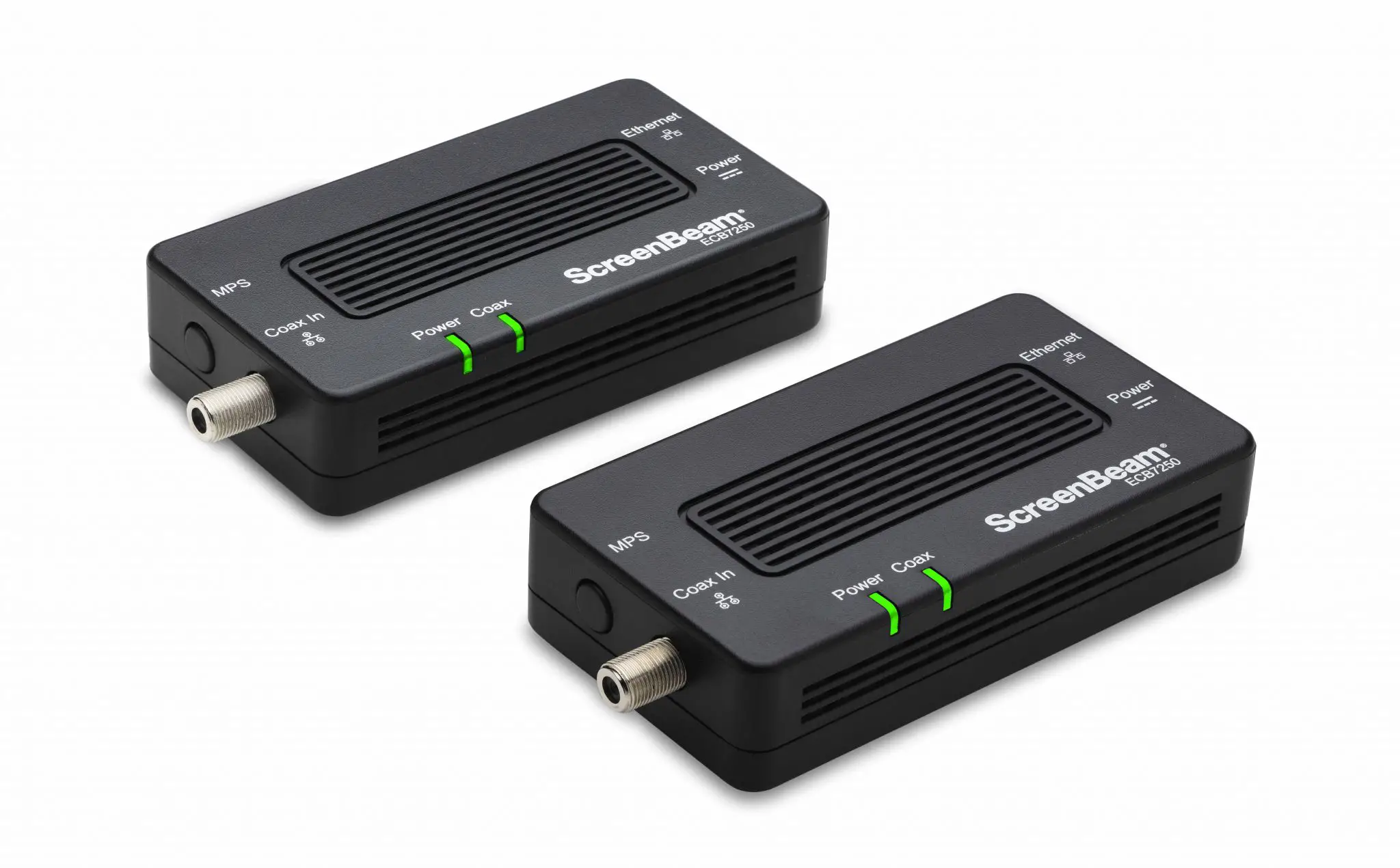
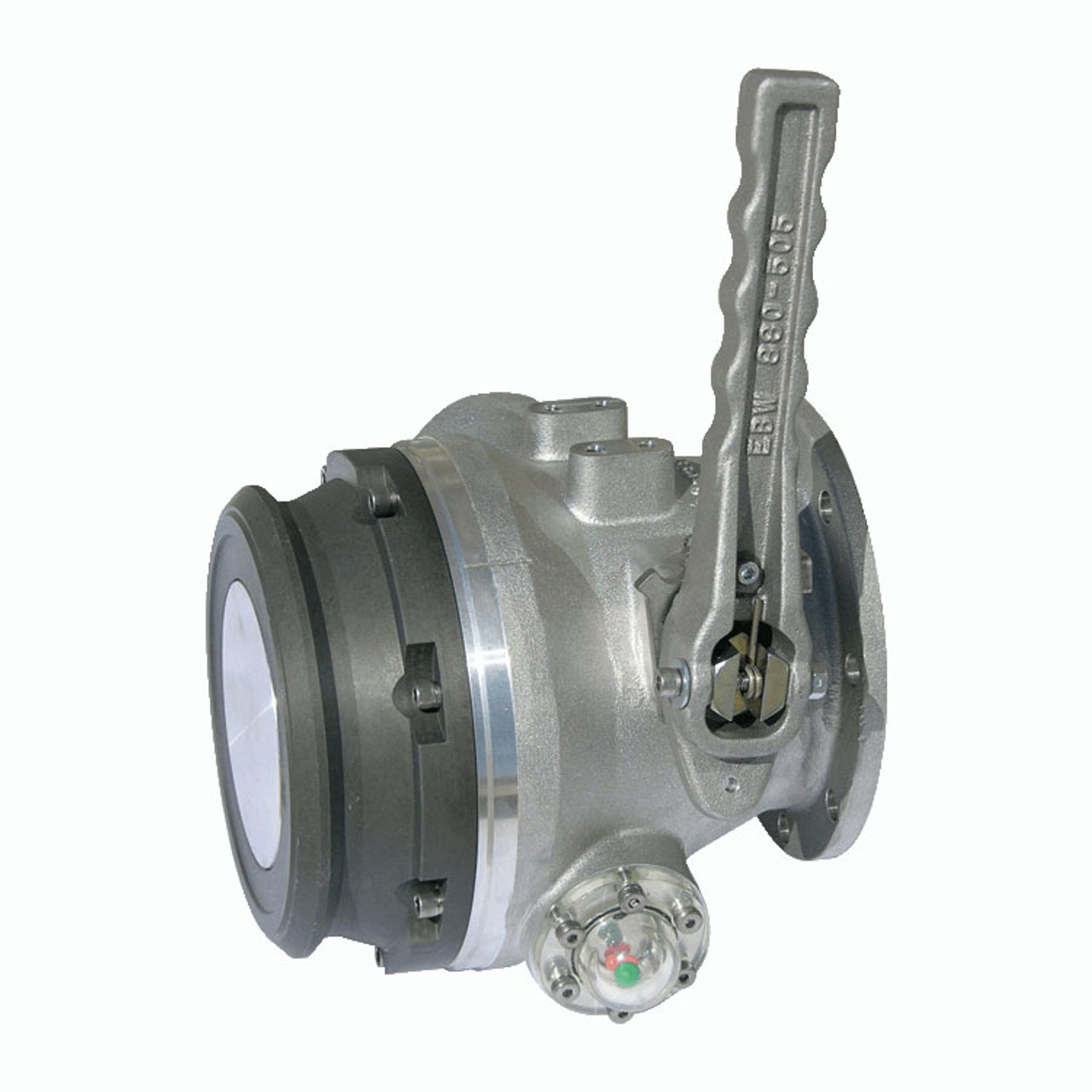
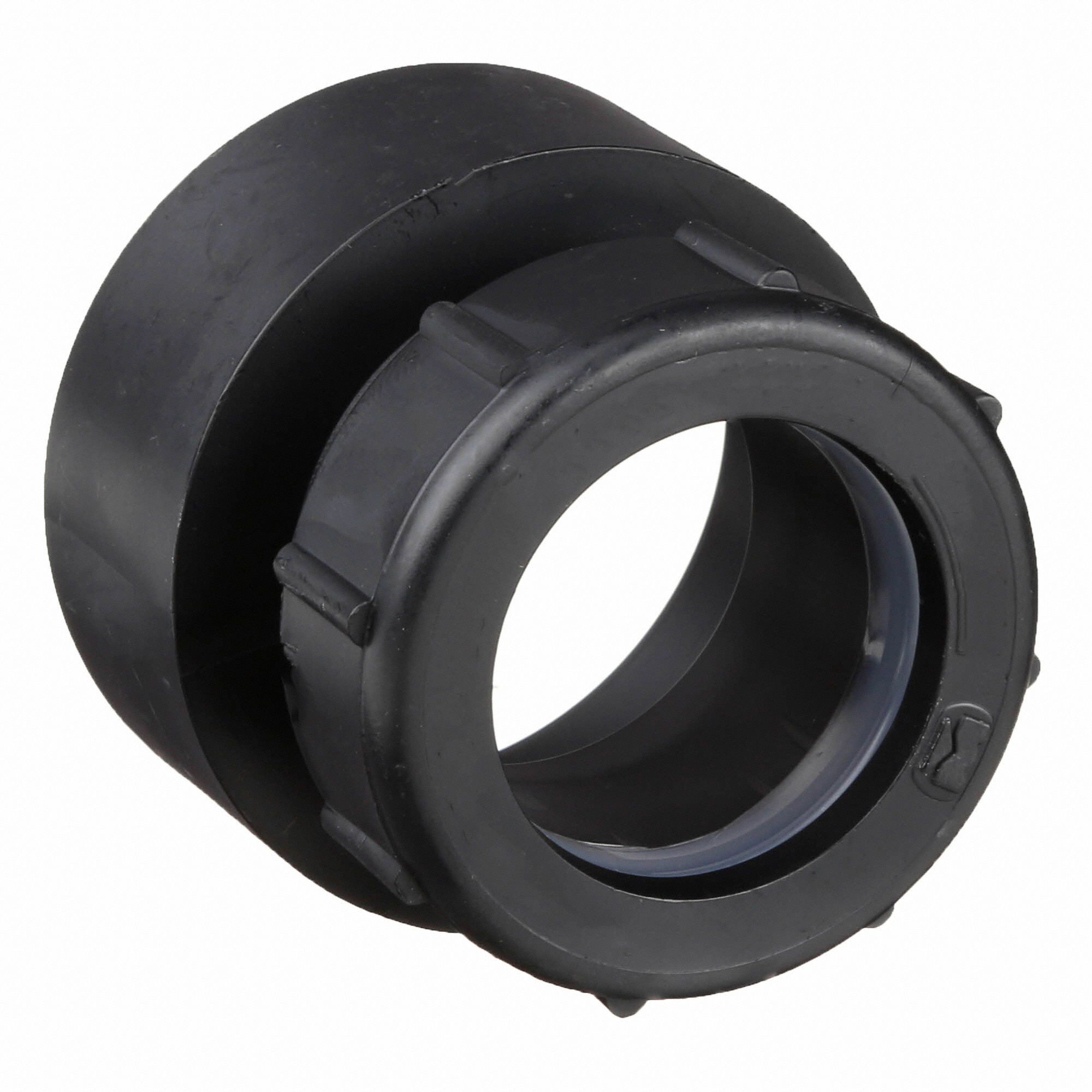
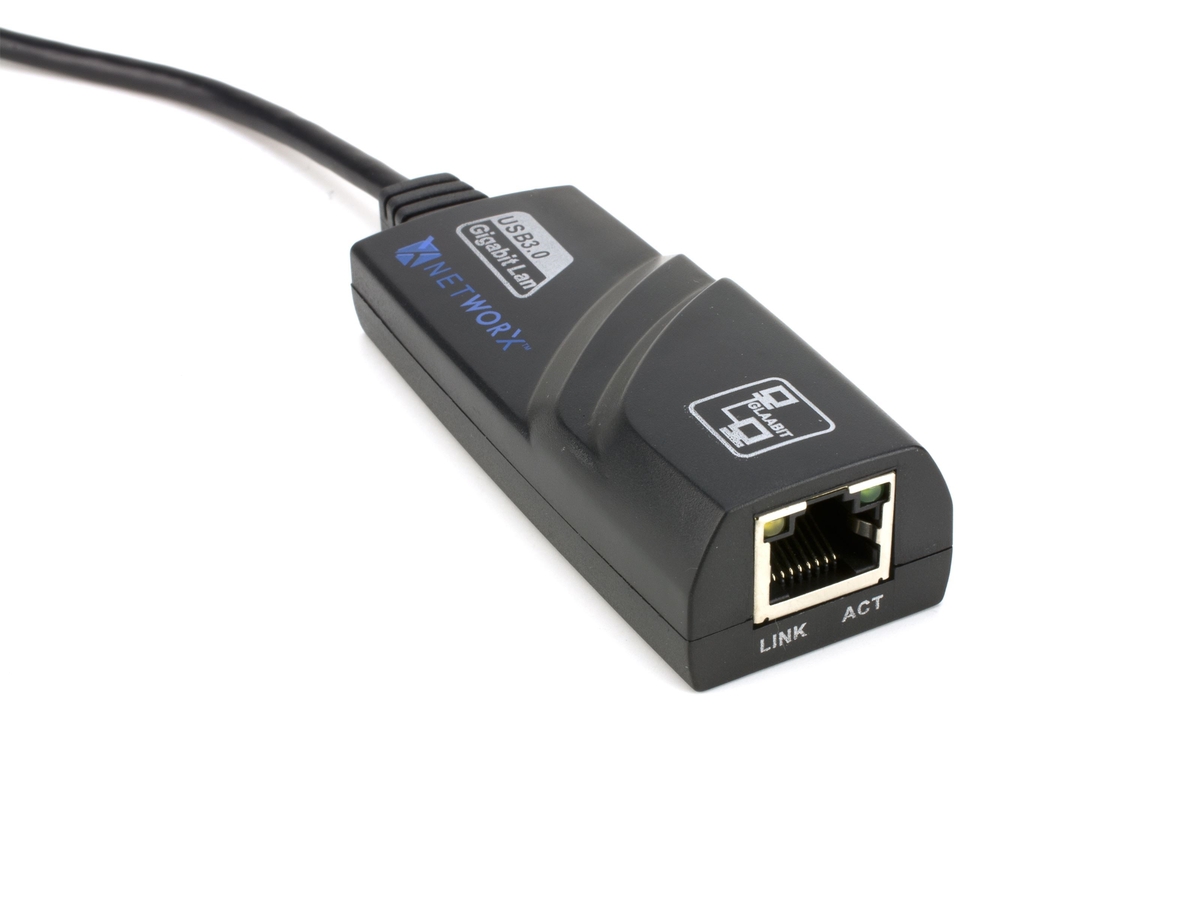
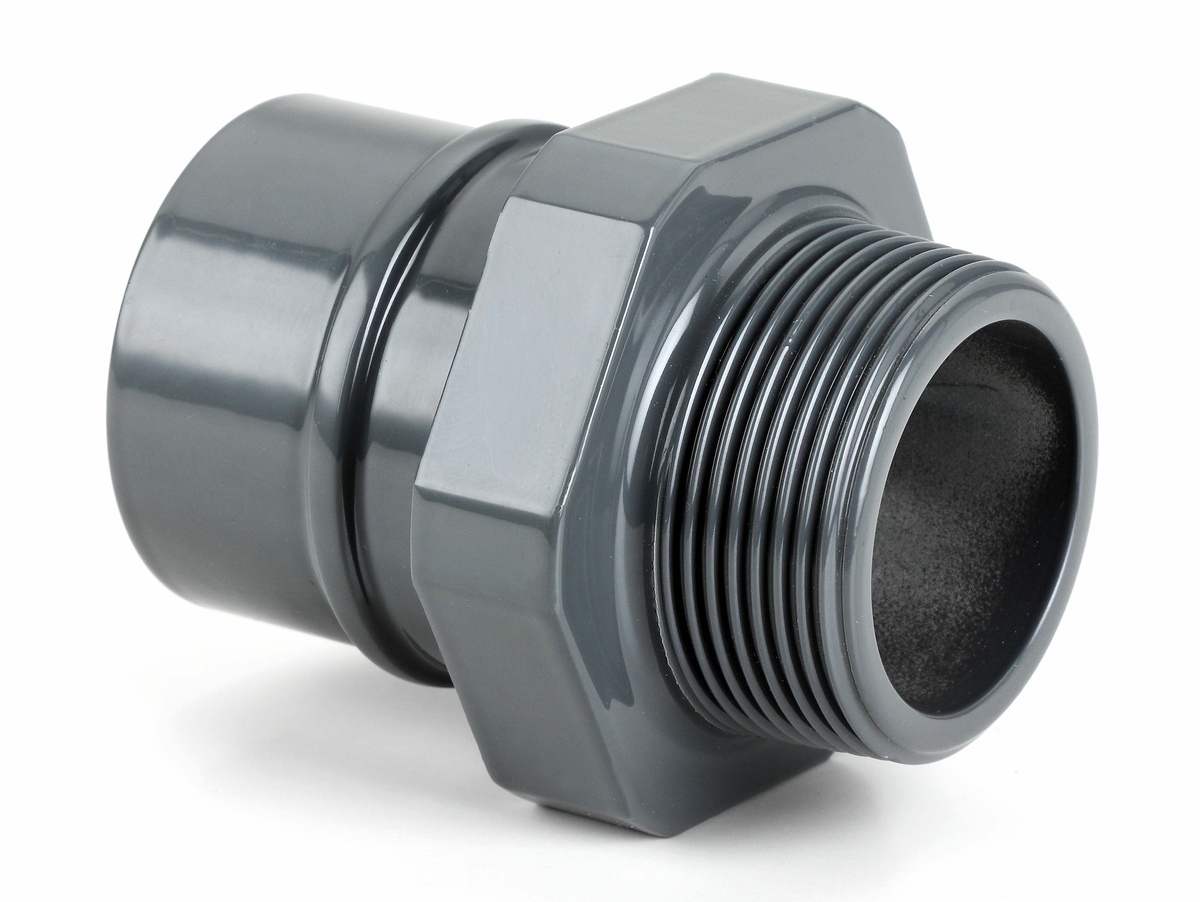
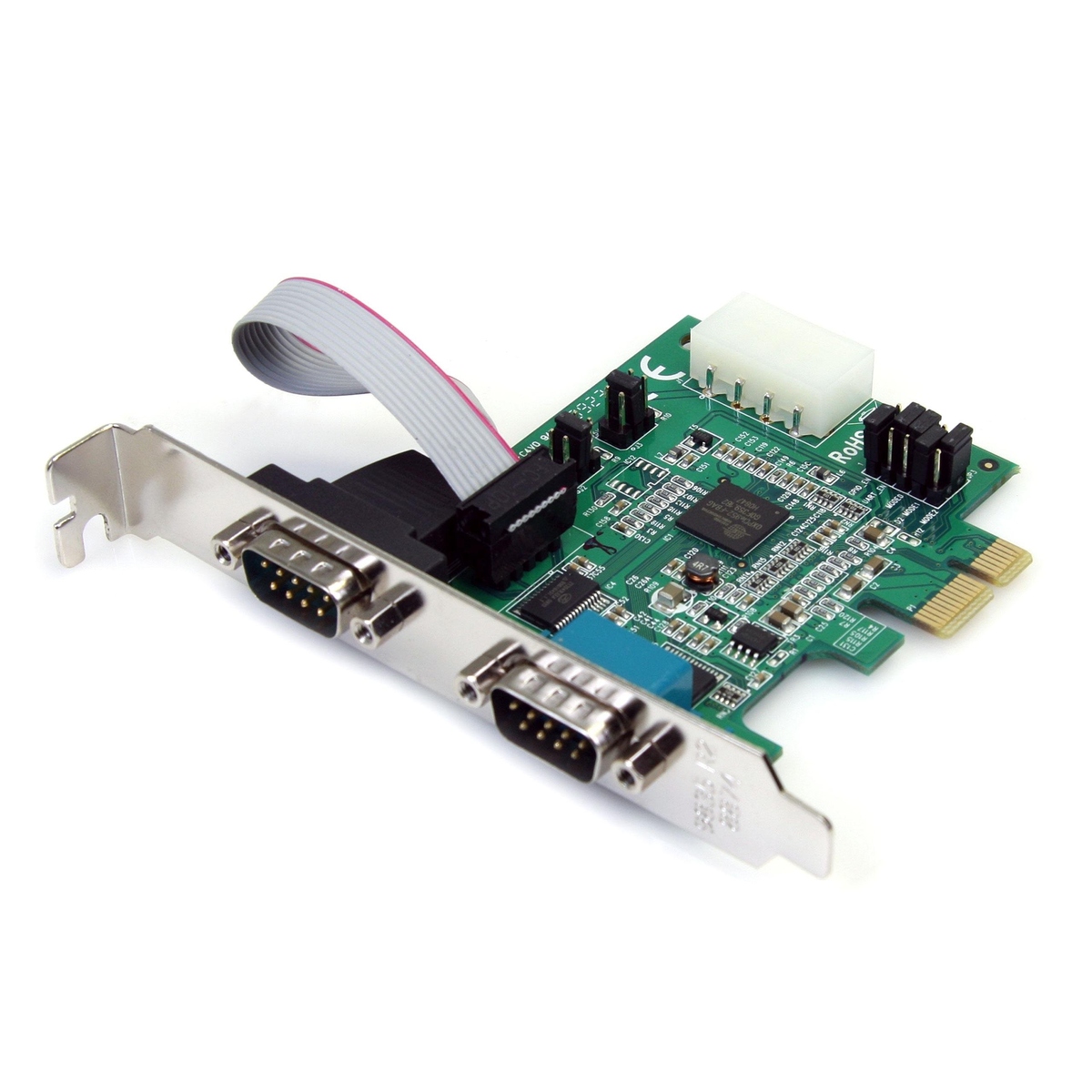
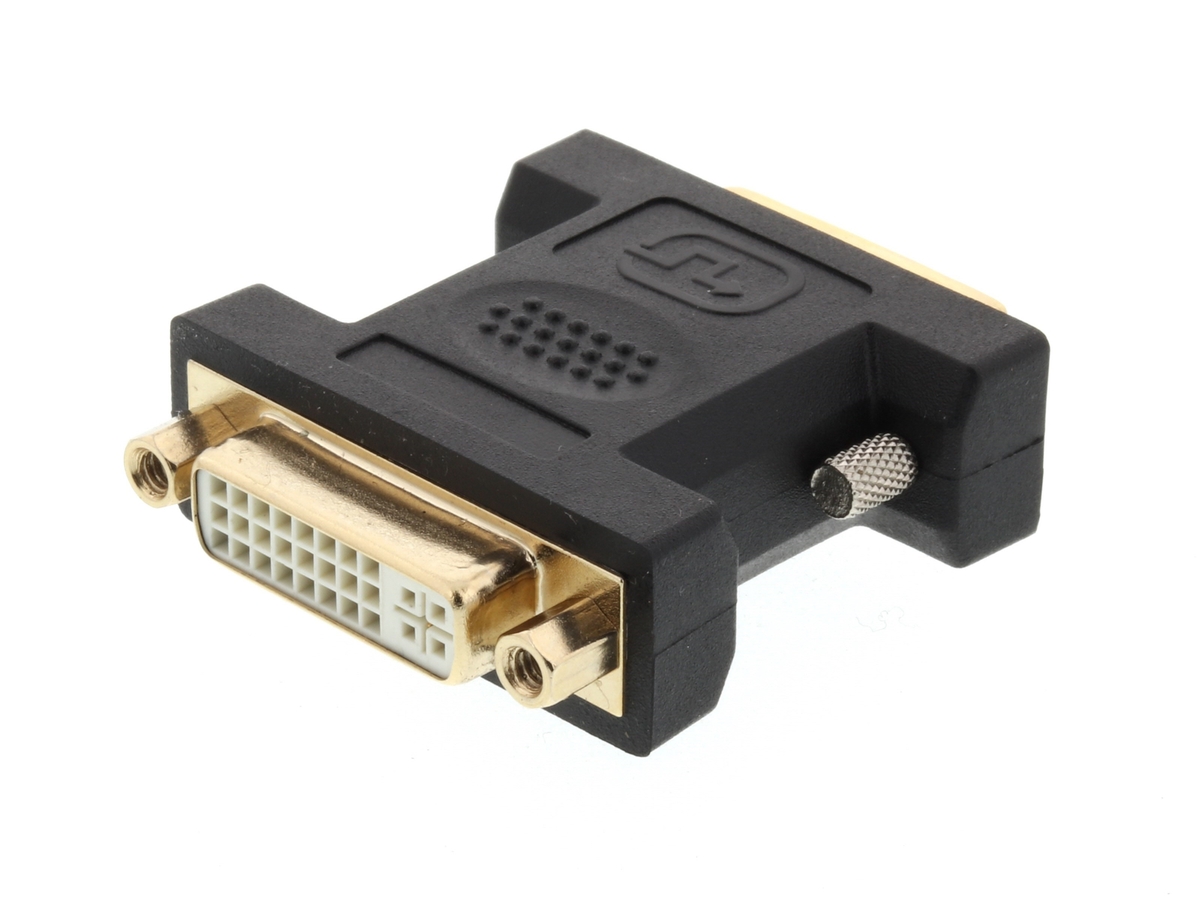
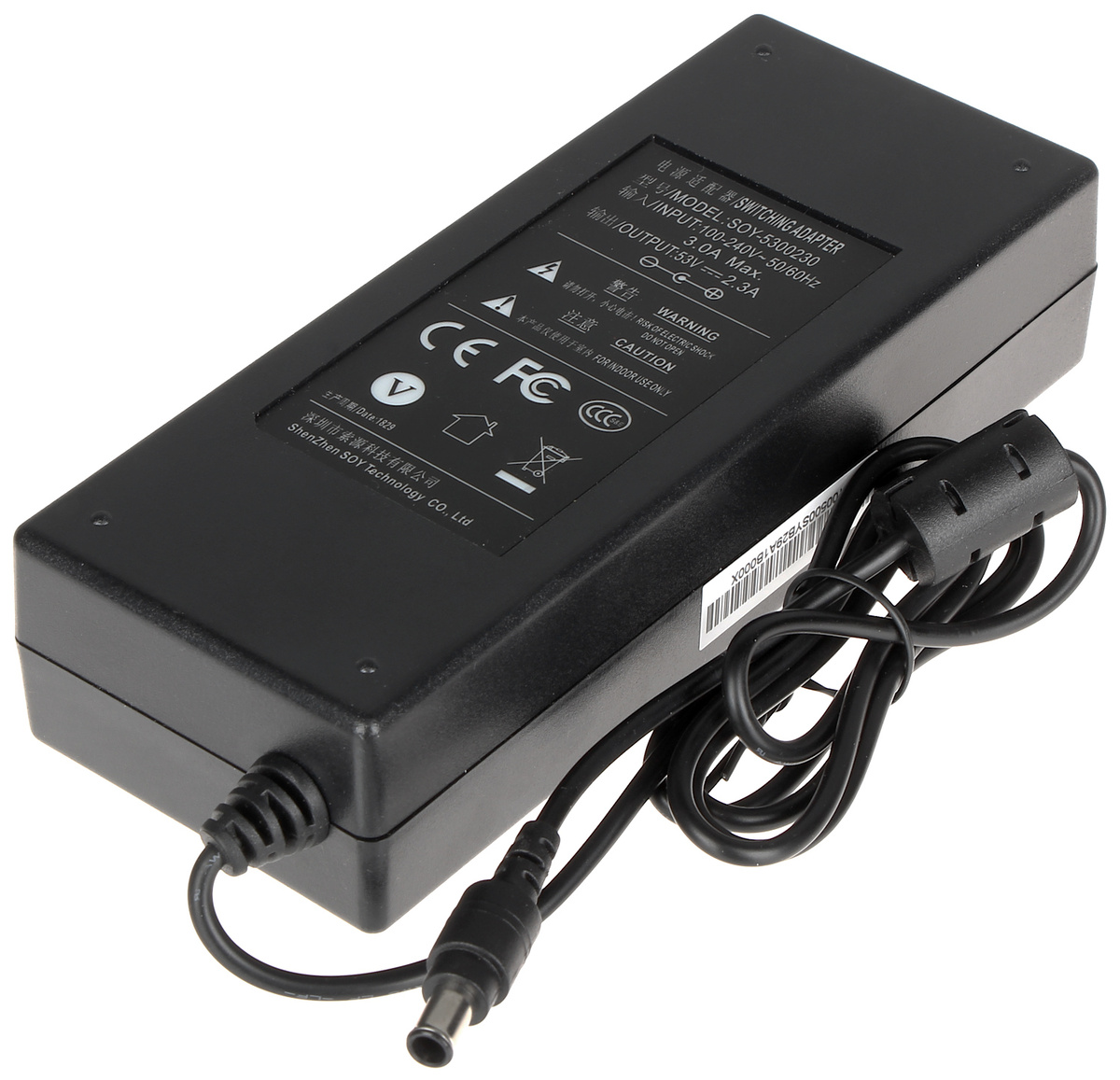
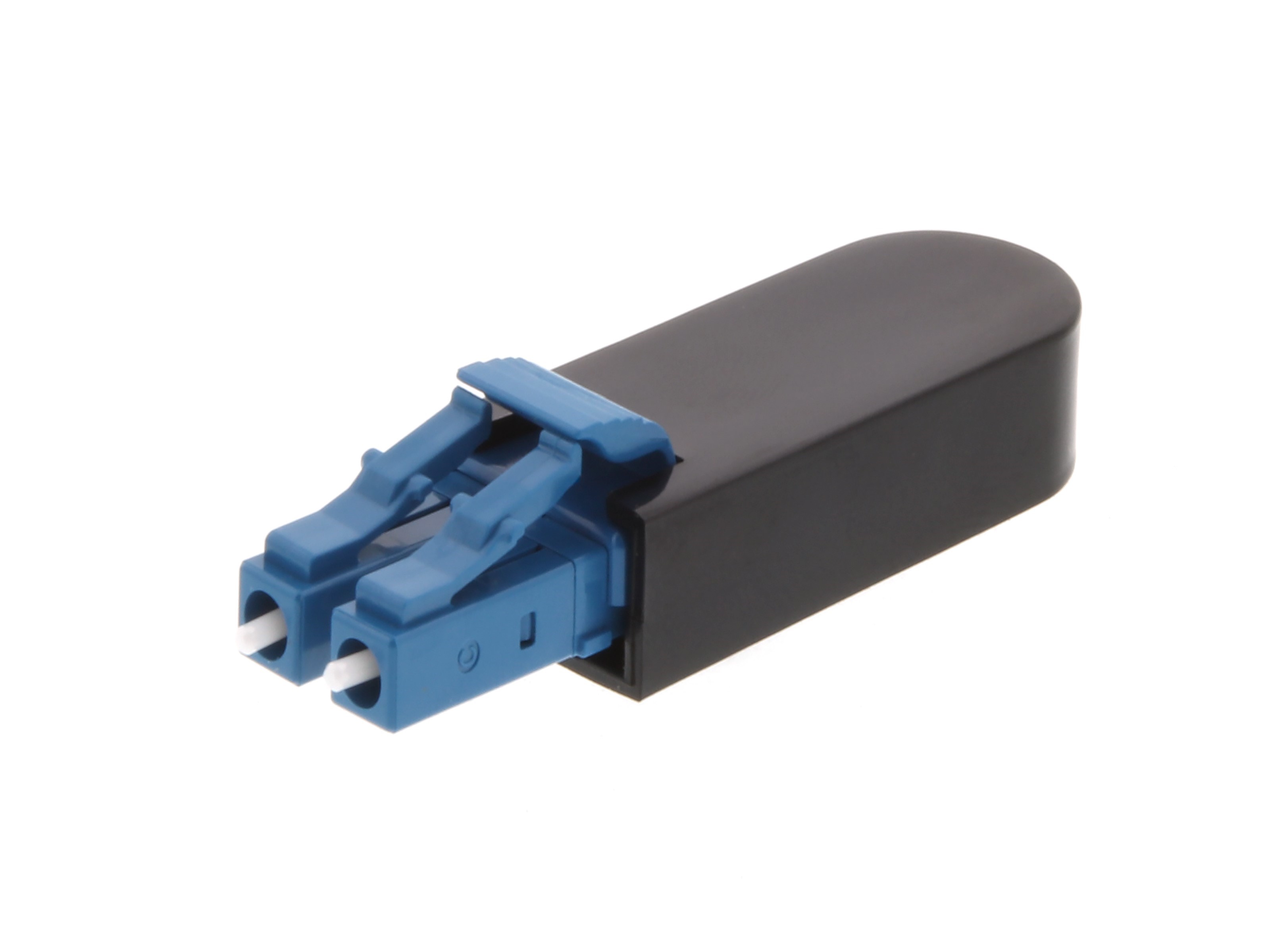
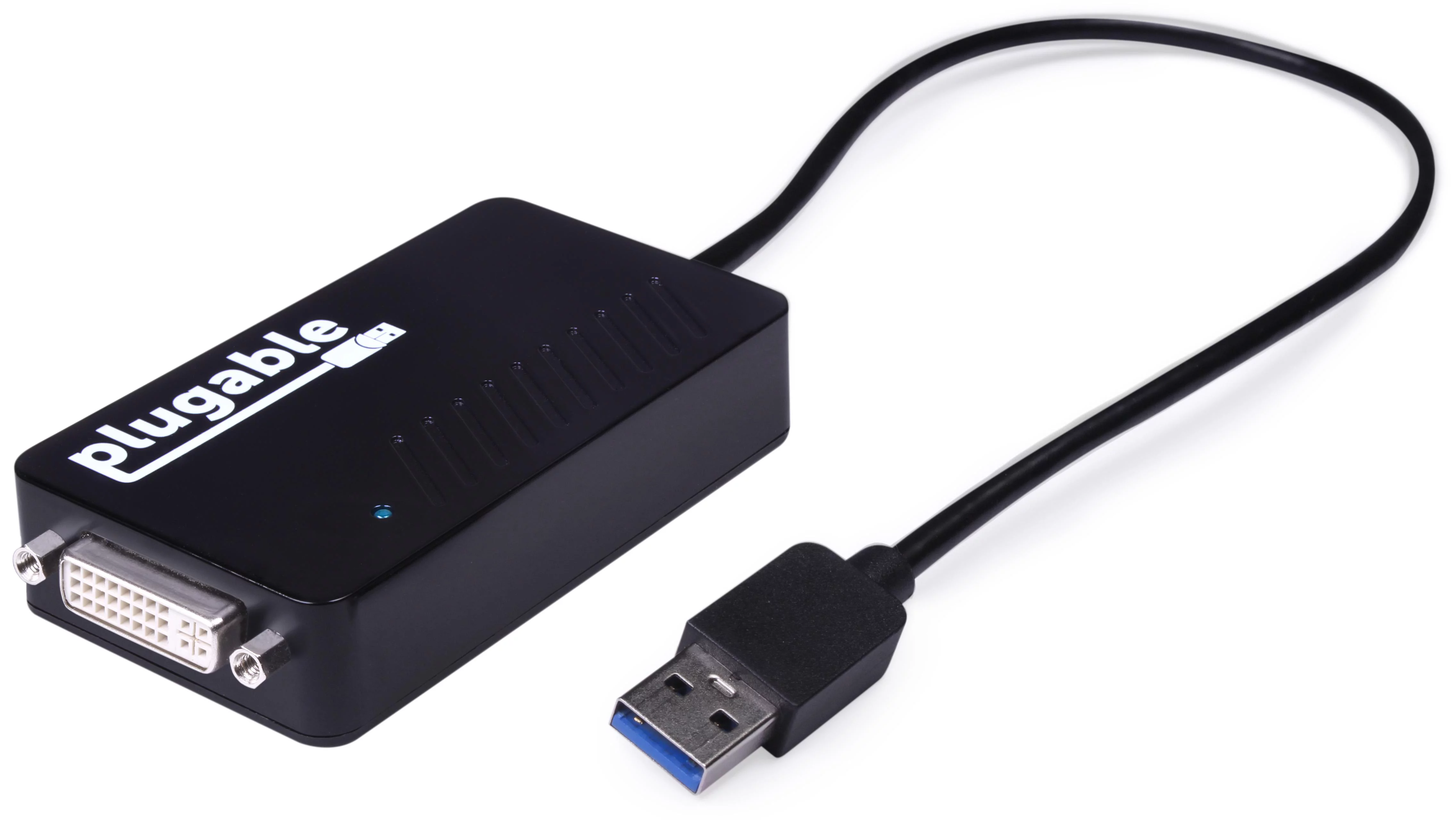
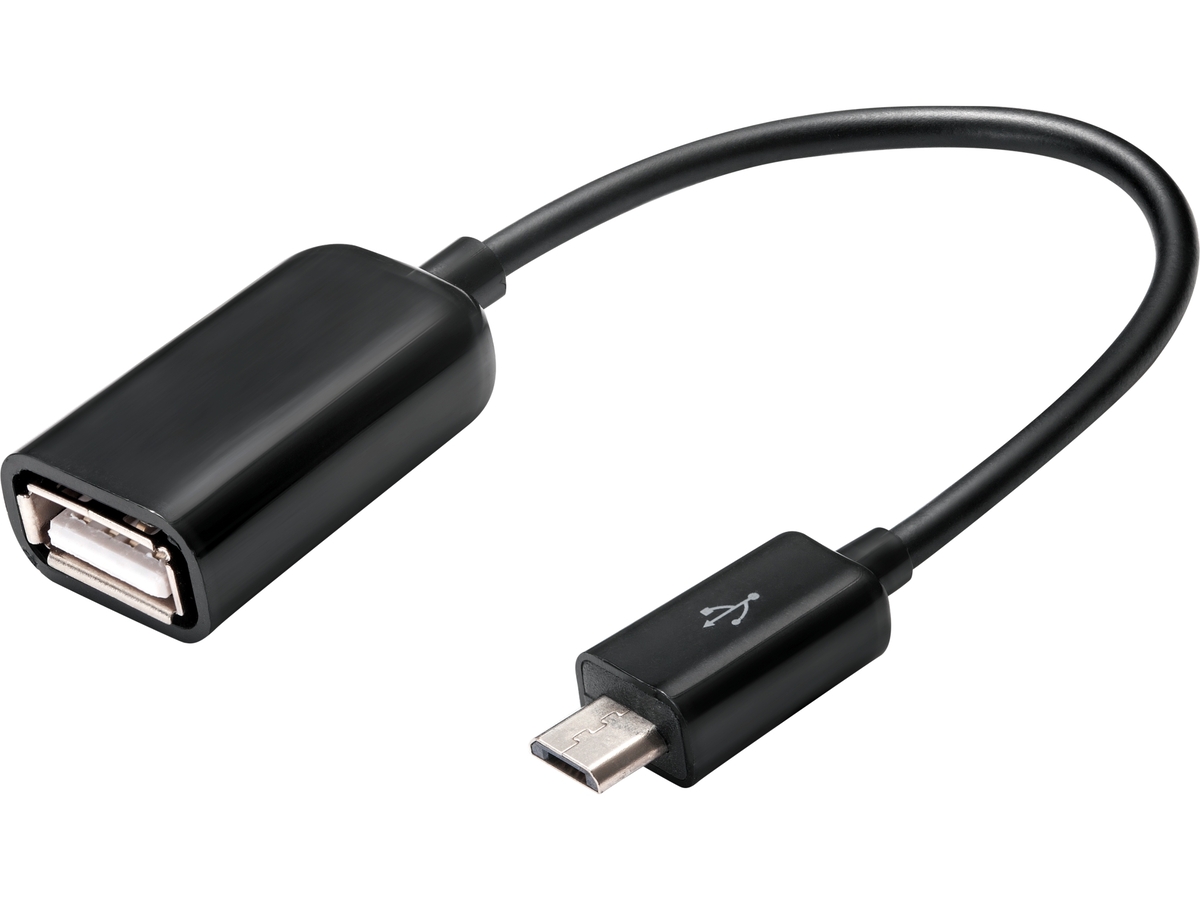
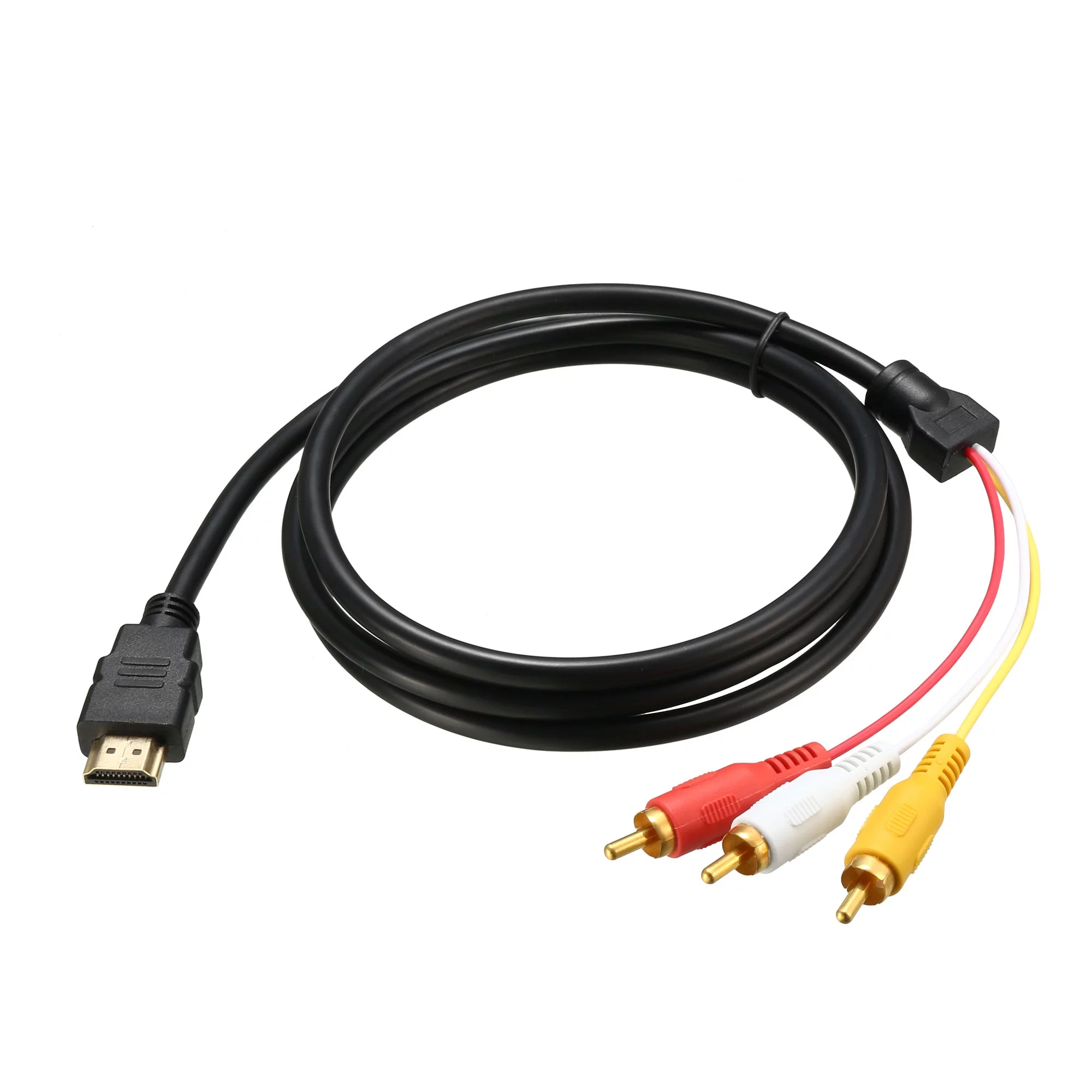
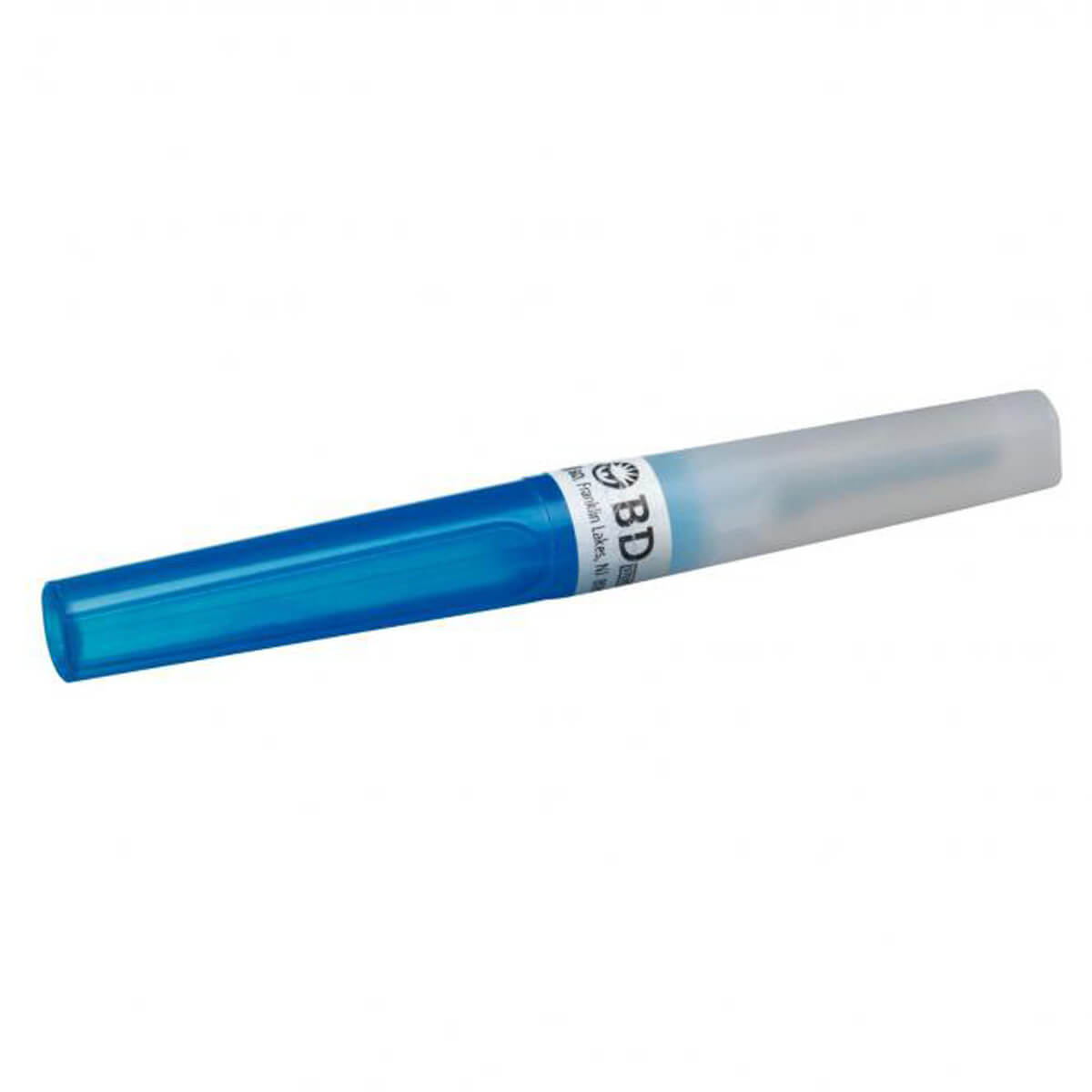

0 thoughts on “What Is An Mhl Adapter”